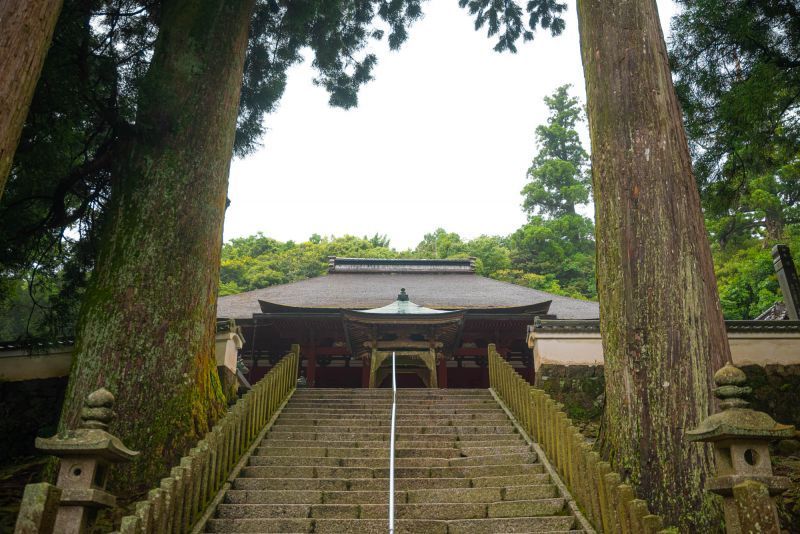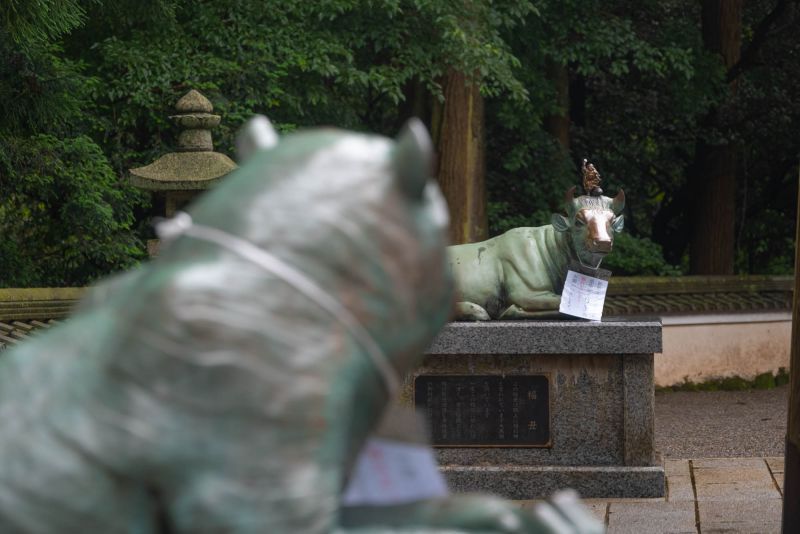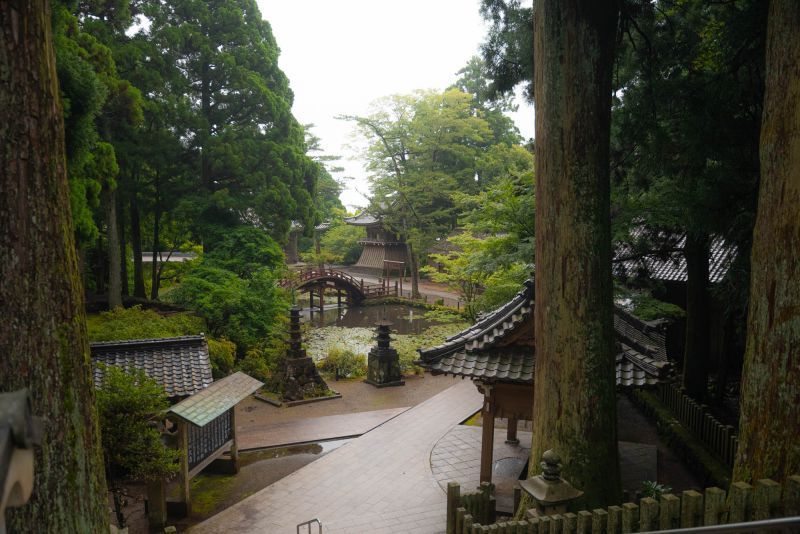The Sacred Shirataki Meditation and Temple in the Sky
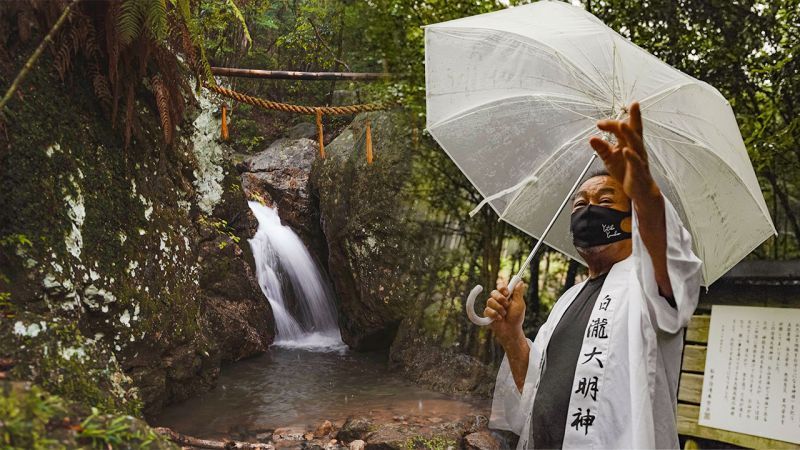
Within the mountains of Toba lies a sacred waterfall where people have come to meditate for the past 1000 years.
The mountain range expands out from the Ise Grand shrine and in this area, nature itself was once worshiped as a god. Many resolved ascetics would journey through treacherous routes to reach this waterfall and seek enlightenment.
While times and beliefs have changed over the years, many people continue to visit the waterfall, not only to seek enlightenment, but also to escape from the busy modern society that most of us currently live in.
Today, I took a trip to the sacred Shirataki waterfall to undergo the tradition of waterfall meditation.
Deep in the Forest, 5 Minutes away from the Train Station
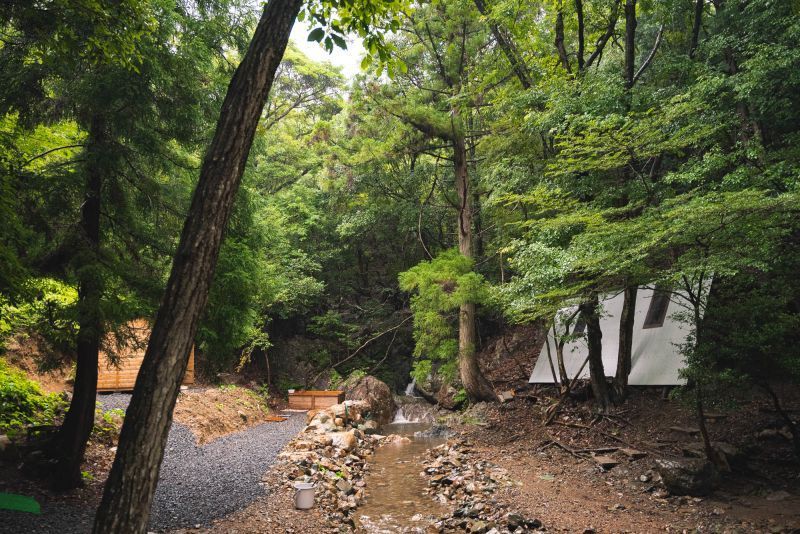
In the morning, we drove over to the main base and parked the car in the dirt parking lot next to the river. There were a couple of shacks, a trendy looking cafe, and lots of trees in every direction.
We met up with the meditation guide and walked into one of the shacks to learn about the waterfall meditation.
Before the Meditation
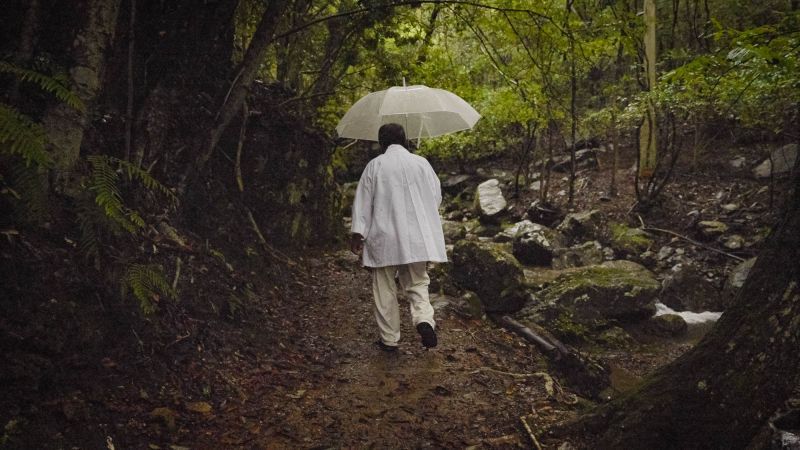
We proceeded to take a tour around the meditation grounds. The hiking trail ran alongside the river and was about 15 minutes long. There were many statues and relics along the way and the meditation guide explained to us the history and the significance of this sacred tradition.
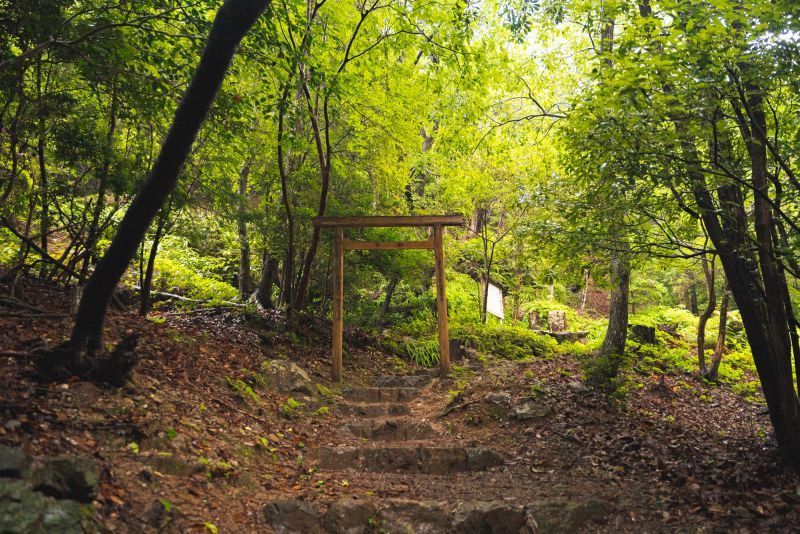
Honestly, I felt quite naked, but it was summer so at least I wasn’t feeling cold.
And the Meditation Begins
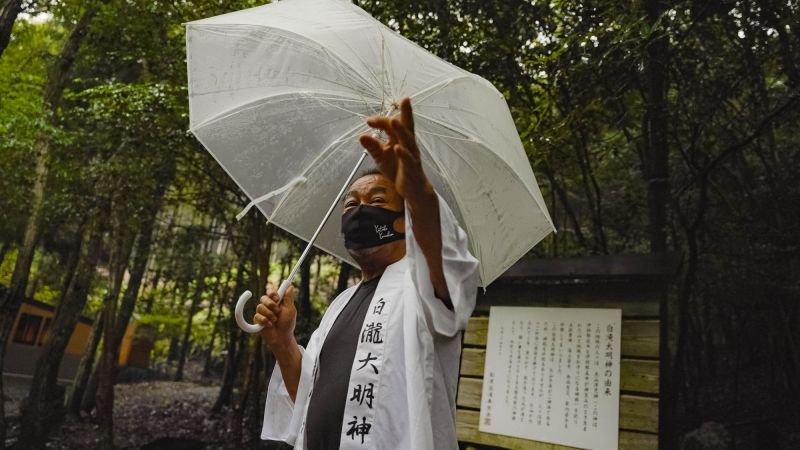
First, he explained what the waterfall meditation is meant to achieve and that I should stay as long as I feel is needed. Then he prompted me to warm up my body with a few practice punches and a loud warcry.
I was embarrassed and reluctant.
I was now ready to step into the waterfall.
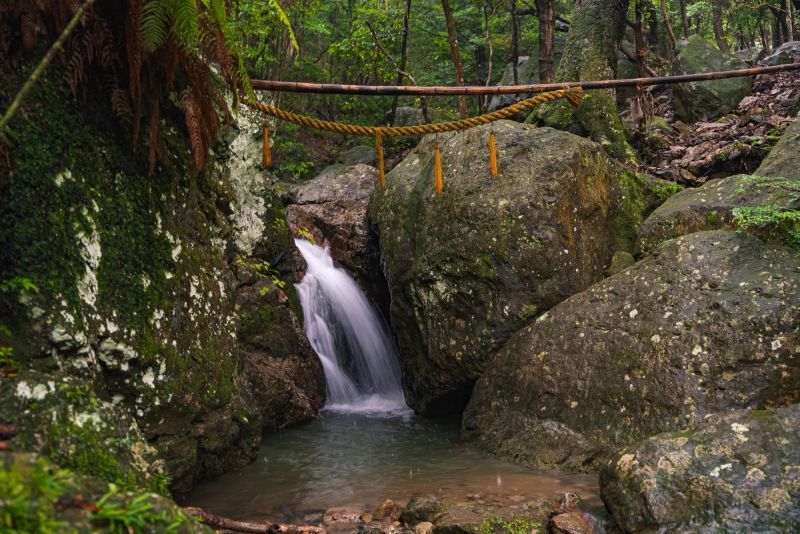
I made my way against the current and greeted the waterfall daimyojin as I proceeded to enter. I first took a seat on the rock underneath and tugged my way under the waterfall.
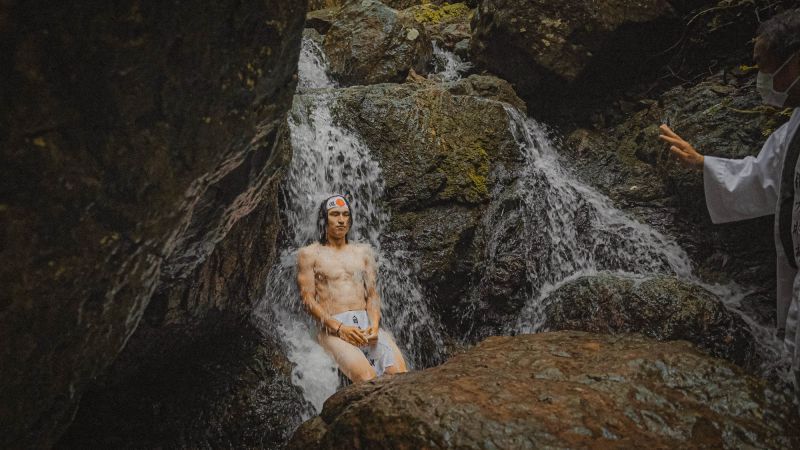
The waterfall wasn’t gentle.
I could feel the water beating on my head as I tried my best to keep still. It took me a couple seconds to adjust to this environment and once I did, I began to close my eyes and meditate.
I sat on the rock, enduring the waterfall as I tried my best to clear my thoughts. I sat for what felt like a minute or so and then opened my eyes. I stood up, bowed to the waterfall, and proceeded to exit the river.
The meditation guide made sure I was okay and then told me to go back in for another round of meditation. I repeated the same process: bow to the waterfall, meditate for about a minute or 2, and bow as I leave.
After the second meditation, the guide asked if I’d like to attempt a third round, but highly encouraged it and this time, he said to really take my time.
After the Meditation
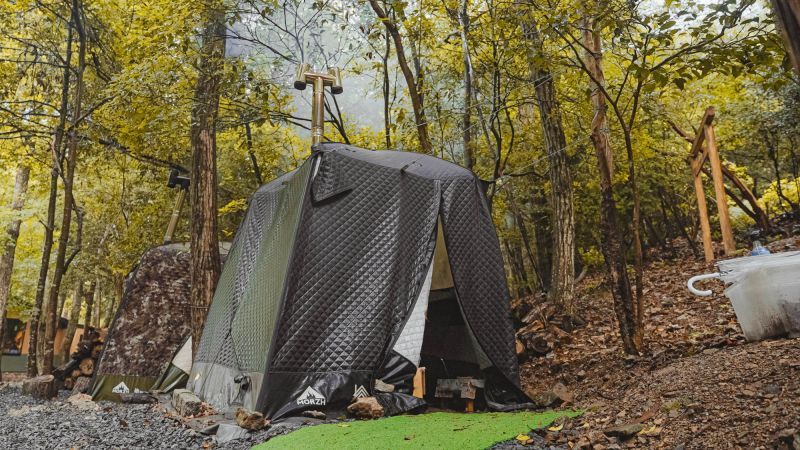
Despite it being a hot and humid summer, my body was freezing after being in the water for a long time so a tent sauna is just what I needed.
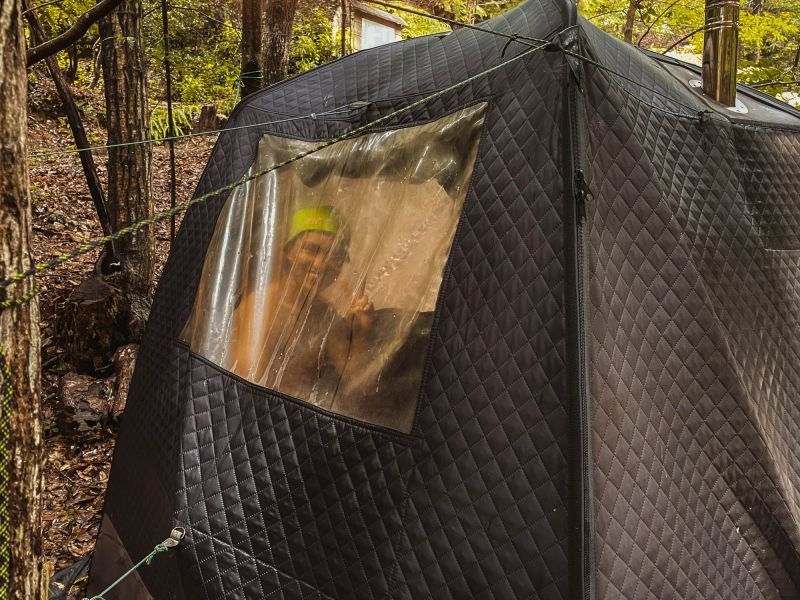
Simple But Healthy Japanese Lunch
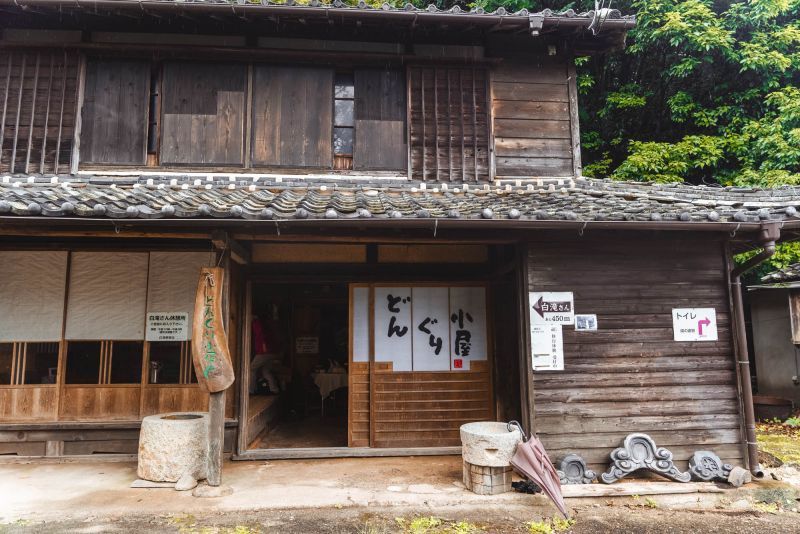
Here, we’d go through the experience of preparing a simple Japanese meal according to the oriental medicine principles of a healthy and balanced diet.
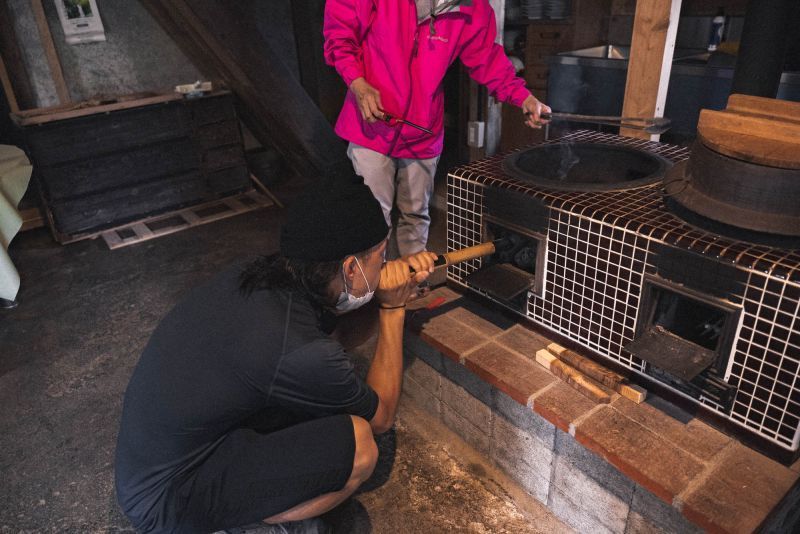
Meanwhile, the others were preparing each individual’s plates with miso soup, tea, pickled cucumbers, and a vegetable dish which I’m not quite familiar with.
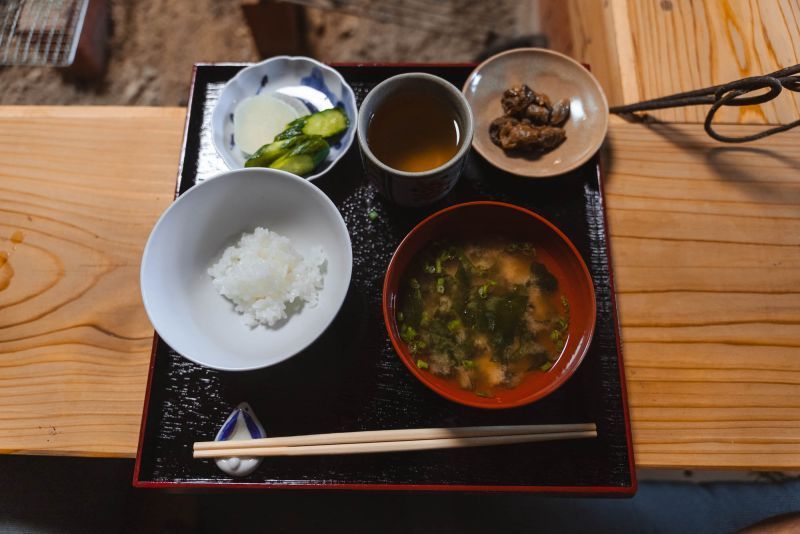
Once everyone’s food was prepared and before we dig in, we learned about the 13 measures of health. We sat around the table and everyone was handed a piece of paper. On the paper were the 13 measures to keep health from the ancient Chinese physician, Sun Simiao, once known as China’s King of Medicine.
We proceeded to practice these actions which involved swaying our head back and forth, massaging our face, rubbing our belly, and moving our eyes wildly. Supposedly actions like these are claimed to improve our overall health and wellbeing.
A Trendy Cafe in the Forest
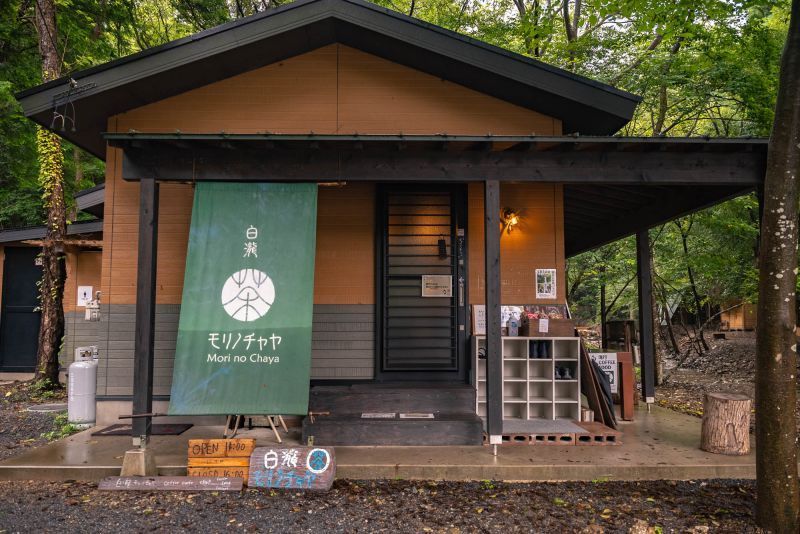
As I walked in, it felt like I was inside a cozy log house. It was a nicely sized house with a tall ceiling and a huge window with lush trees on the other side. There were seats in front of the window and this was the perfect place to enjoy a nice cup of coffee.
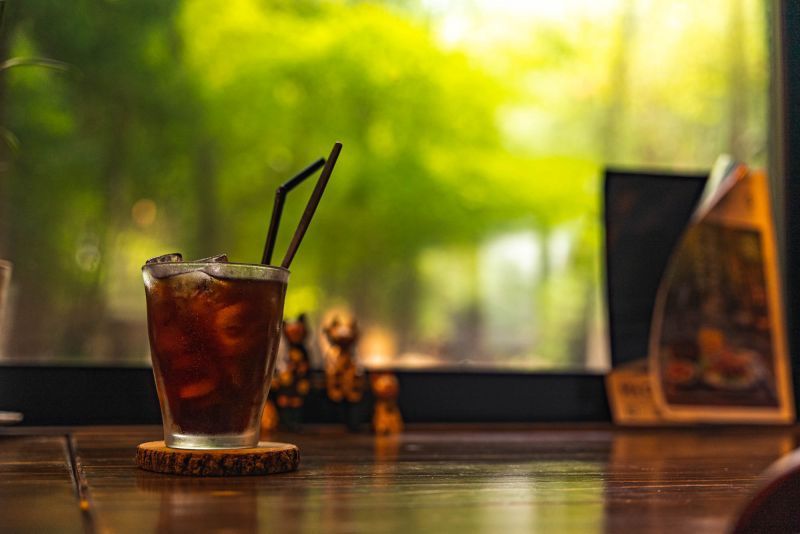
The Post Box in the Sky
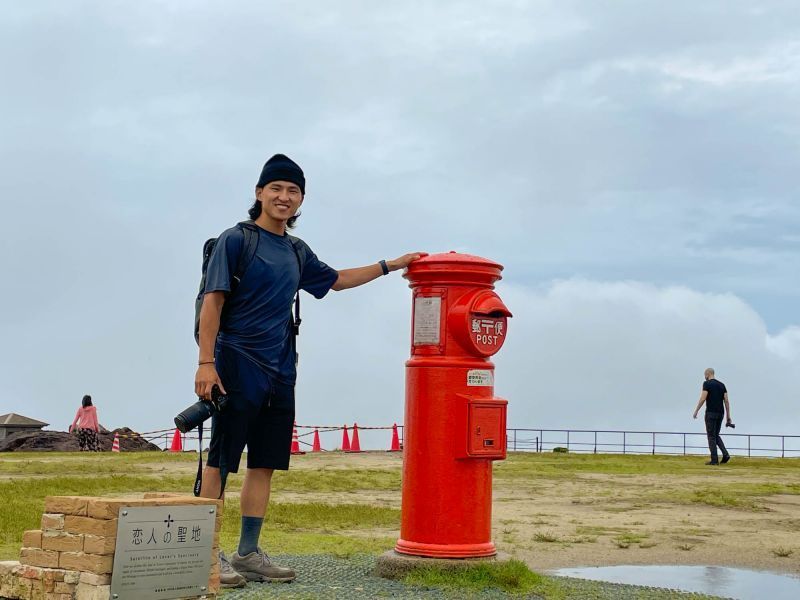
There’s an elevated area and at the top of its stairs is a bright red postbox, gazing into the distance. Here, they sell postcards, which you can write a letter on and insert in the postbox to send to your loved ones.
I just took some photos.
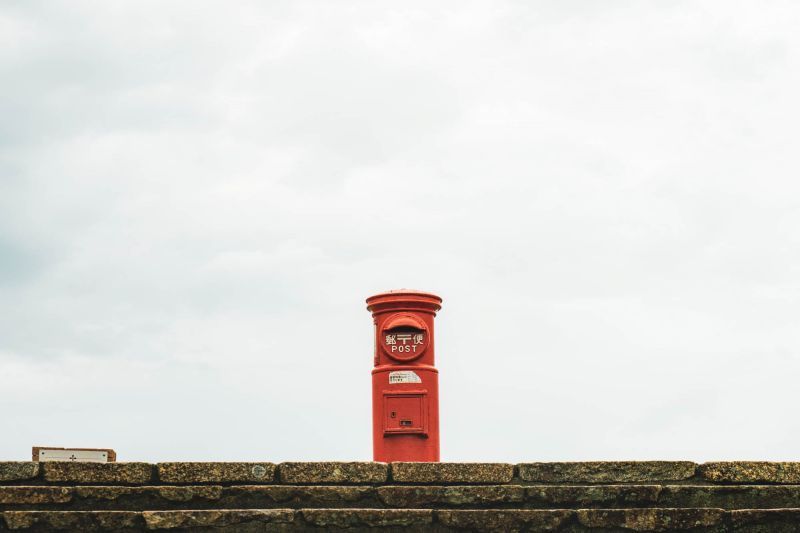
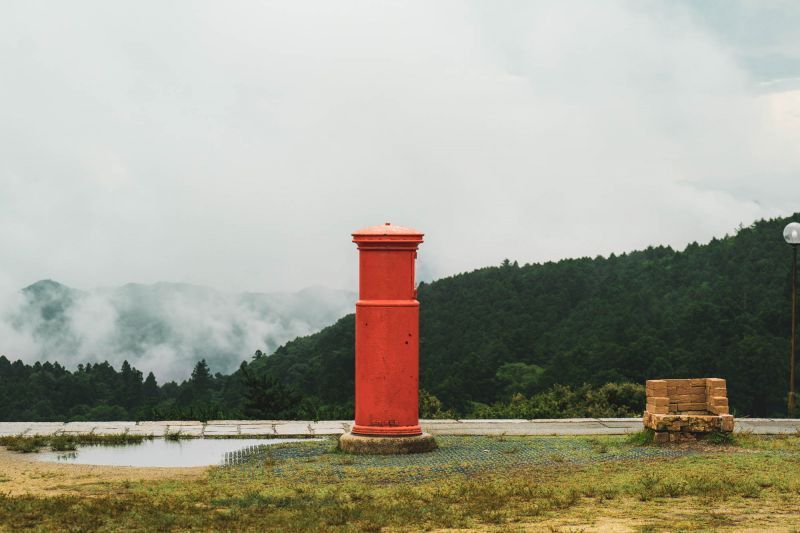
The Temple in the Sky: Kongoshoji Temple
